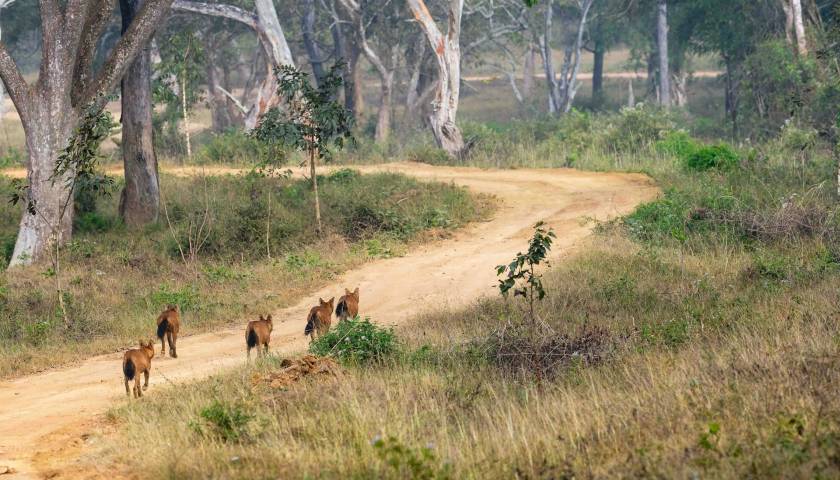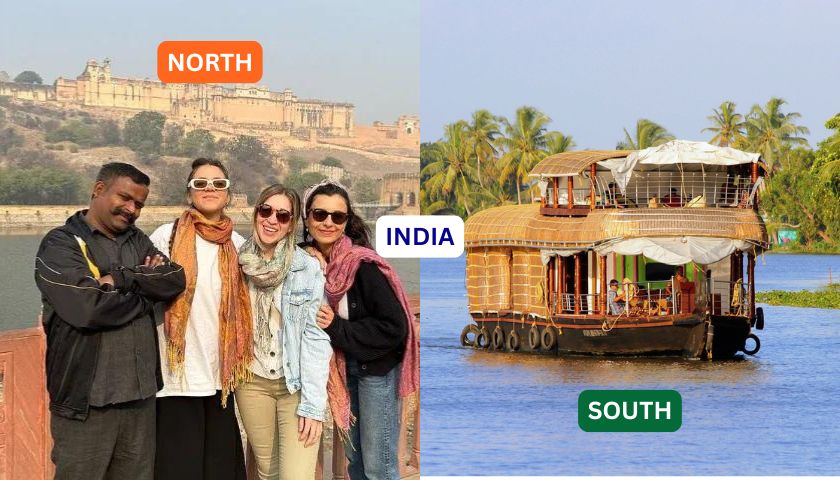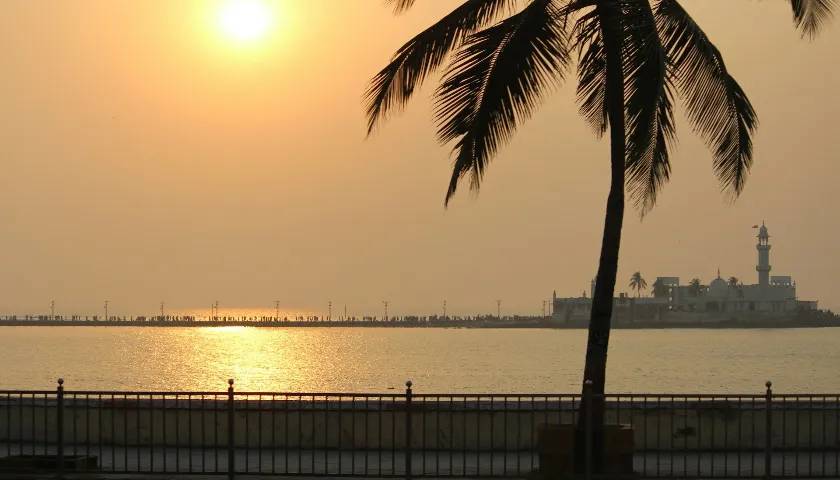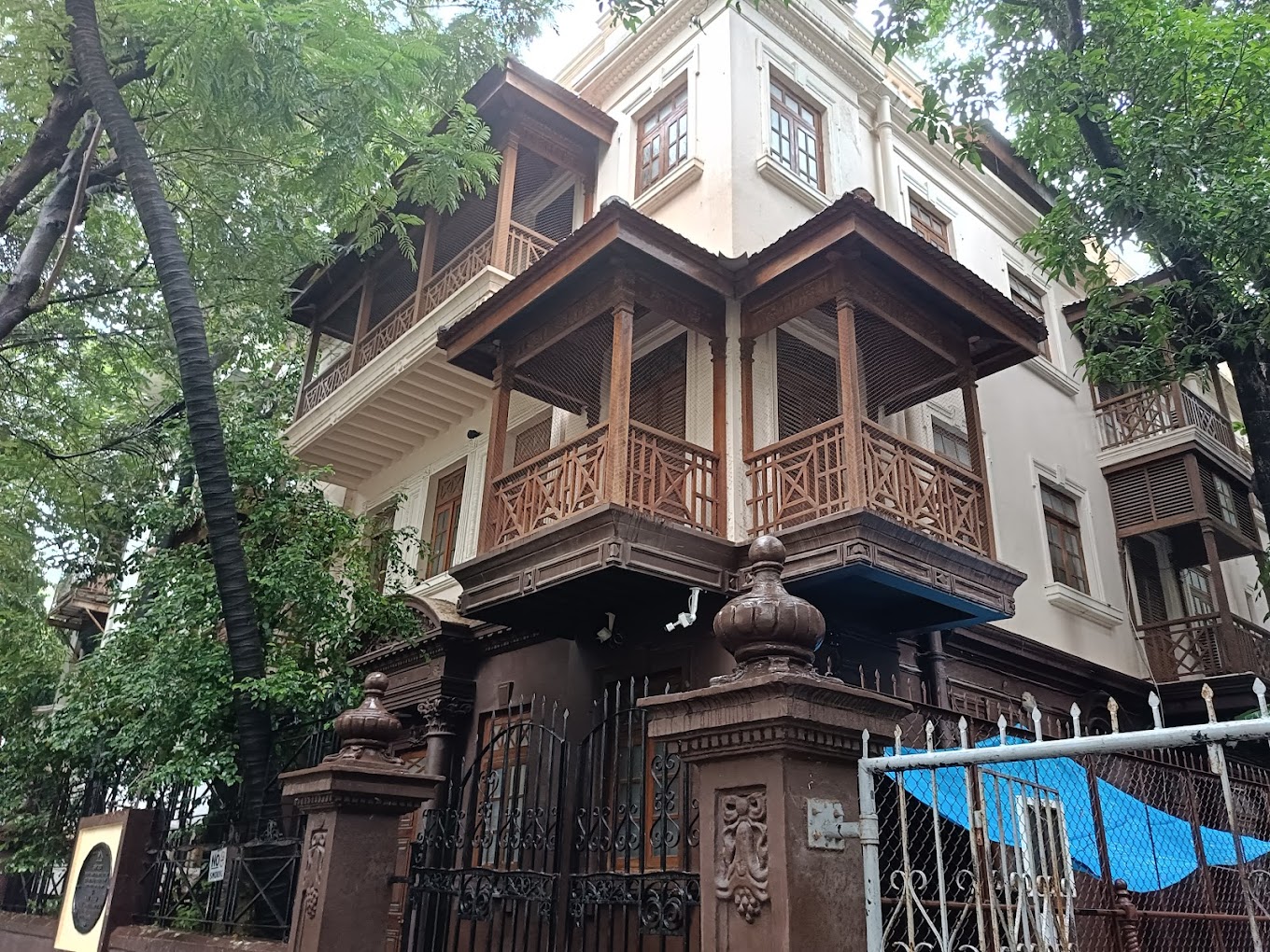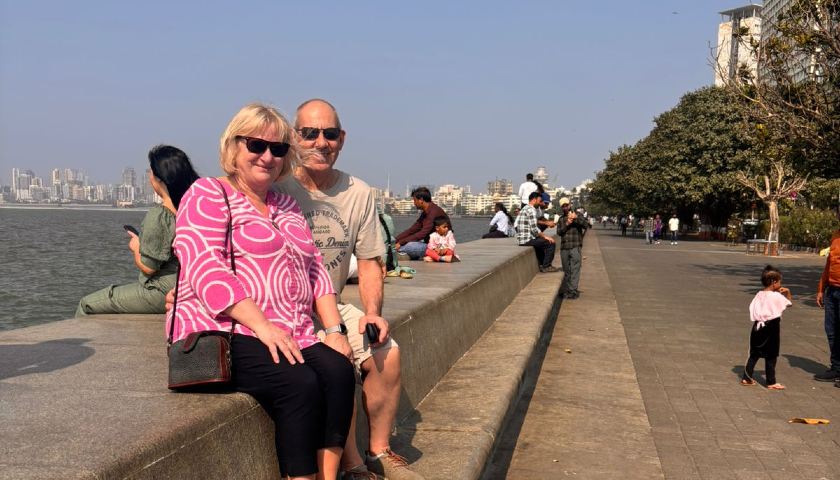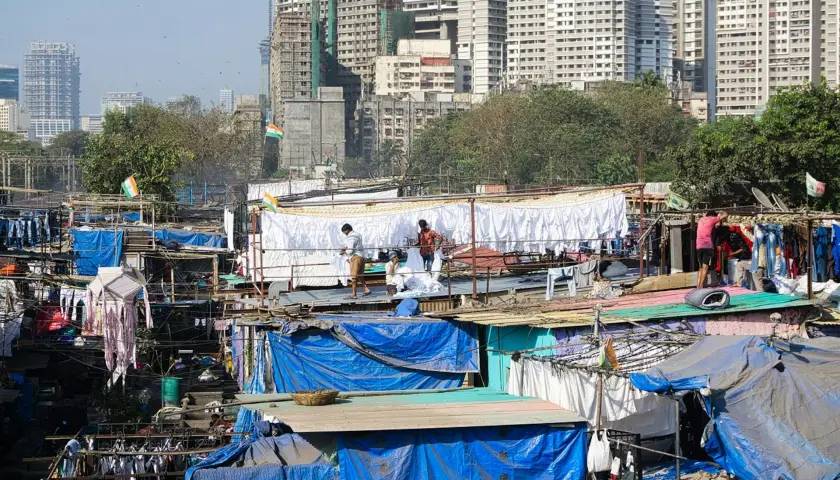About the Festival
Ganesh Chaturthi celebrates the birth of Lord Ganesha, the son of Lord Shiva and Goddess Parvati. As the god of wisdom, prosperity, and good fortune, Lord Ganesha holds a special place in Hindu culture, and his blessings are sought before the start of any new venture. The festival begins on the fourth day (Chaturthi) of the Hindu month of Bhadrapada (August/September) and continues for ten days, ending on Anant Chaturdashi.
During Ganesh Chaturthi, Lord Ganesha’s clay idols are installed in homes, temples, and public pandals (temporary stages). Devotees offer prayers, perform rituals, and organize cultural performances in his honor. At the end of the festival, the idols are taken in grand processions to rivers, lakes, or the sea, where they are immersed in water. This immersion, known as Visarjan, symbolizes the cycle of birth, life, and rebirth, reminding devotees of the impermanence of life.
Traditions and Celebrations of Ganesh Chaturthi
Ganesh Chaturthi is a festival rich in tradition, filled with rituals, prayers, and community gatherings. The festival begins with the Pranapratishtha, a ritual to invoke the presence of Lord Ganesha into the idol, followed by offerings of modaks (a sweet believed to be Lord Ganesha’s favorite), flowers, and fruits. The faithful chant hymns, perform aarti (a devotional song accompanied by the lighting of lamps), and recite the 108 names of Lord Ganesha.
Throughout the ten days, families and communities host various cultural programs, including traditional music, dance, and theater performances, all celebrating the life and lessons of Lord Ganesha. In Maharashtra, large-scale public celebrations are organized, where pandals are lavishly decorated, and thousands of people come together to offer prayers.
Another significant tradition of Ganesh Chaturthi is the making of eco-friendly idols. In recent years, there has been a growing awareness of environmental sustainability, with many opting for clay idols that dissolve naturally in water, reducing pollution and harm to aquatic life.
The Story of Lord Ganesha’s Birth
According to Hindu tradition, Lord Ganesha’s birth is an extraordinary tale of creation and devotion. It is said that Goddess Parvati, wanting to have someone guard her privacy while she bathed, created a young boy from the turmeric paste she used. She breathed life into him, making him her son and instructing him to stand guard while she bathed. When Lord Shiva, Parvati’s consort, arrived and was refused entry by this boy, he became enraged and beheaded the boy in a fit of anger.
Seeing her son lifeless, Parvati was heartbroken. To calm her, Shiva promised to bring him back to life. He sent his followers to find the first living creature they encountered and bring its head. They returned with the head of an elephant, and Lord Shiva attached it to the boy’s body, bringing him back to life. Thus, Ganesha, the elephant-headed god, was born. He was blessed with the powers of wisdom, prosperity, and the ability to remove obstacles, becoming one of the most beloved deities in Hinduism.
The Spirit of Ganesh Chaturthi in Maharashtra
Maharashtra is synonymous with Ganesh Chaturthi celebrations. The festival was popularized in the 19th century by freedom fighter Lokmanya Tilak, who saw it as a way to unite the masses and strengthen the spirit of nationalism during British rule. He transformed Ganesh Chaturthi from a private, household affair into a public festival where communities came together to celebrate.
Mumbai and Pune are the epicenters of these grand festivities. In Mumbai, the streets come alive with music, dance, and the vibrant colors of the large processions that carry the idols of Lord Ganesha to their immersion sites. The Lalbaugcha Raja in Mumbai is one of the most famous and visited Ganesha idols, attracting millions of devotees who come to seek the god’s blessings.
In Pune, the festival has a more traditional feel, with a focus on classical music, folk performances, and community activities. Pune’s Shrimant Dagdusheth Halwai Ganpati is another well-known idol that draws crowds of devotees throughout the festival.
Top Destinations to Celebrate Ganesh Chaturthi
- Mumbai, Maharashtra: Mumbai is the heart of Ganesh Chaturthi celebrations. The city’s pandals are known for their grandeur, and the final day’s procession is a spectacular event. Iconic idols like Lalbaugcha Raja and Siddhivinayak Temple are the focal points of devotion.
- Pune, Maharashtra: Pune’s Ganesh Chaturthi celebrations are steeped in tradition. The city’s Shrimant Dagdusheth Halwai Ganpati is renowned for its grandeur, and Pune’s cultural programs and traditional aartis add a spiritual depth to the festivities.
- Hyderabad, Telangana: Hyderabad celebrates Ganesh Chaturthi with great enthusiasm, with large public pandals and processions similar to those in Maharashtra. The Khairatabad Ganesha is particularly famous for its enormous size and intricate detailing.
- Goa: While Goa is often associated with beach holidays, Ganesh Chaturthi is celebrated with great devotion here. In Goa, the festival is more family-oriented, with smaller idols and traditional rituals performed at home.
- Chennai, Tamil Nadu: Ganesh Chaturthi is also celebrated in South India, with the people of Chennai organizing public celebrations and processions to honor the elephant-headed god. The rituals here are a beautiful blend of Tamil and Hindu traditions.
- Nepal: In the neighboring country of Nepal, where Hinduism is the dominant religion, Ganesh Chaturthi is also celebrated. Kathmandu and other parts of the country host ceremonies and prayers dedicated to Lord Ganesha, reflecting a shared cultural heritage.
Ganesh Visarjan: Bidding Farewell to the Beloved Deity
The most poignant part of Ganesh Chaturthi is the Visarjan or immersion of the idols on the final day of the festival. Amid chants of “Ganpati Bappa Morya, Pudhchya Varshi Lavkar Ya” (Hail Lord Ganesha, return soon next year), the idols are carried through the streets in joyous processions before being immersed in water bodies. The immersion symbolizes the cycle of life, death, and rebirth, with the promise that Lord Ganesha will return the following year to bless his devotees again.
The streets are filled with a mix of emotions—joy for the blessings received and sadness at bidding farewell to the beloved deity. This moment also emphasizes the festival’s deeper spiritual meaning: the impermanence of life and the eternal presence of divine energy.
Experience Ganesh Chaturthi with a Guided Tour
Ganesh Chaturthi is a festival that beautifully blends devotion, tradition, and community spirit. Whether you're seeking to witness the grand public celebrations in Mumbai or the cultural richness of Pune, experiencing Ganesh Chaturthi in India is truly a once-in-a-lifetime event. Let us take care of your travel arrangements so you can immerse yourself fully in the celebrations.
Contact us today to book your guided Ganesh Chaturthi tour and be a part of this incredible festival. From visiting iconic Ganesha idols to participating in the vibrant Visarjan processions, we’ll ensure you experience the heart and soul of this beloved festival.




